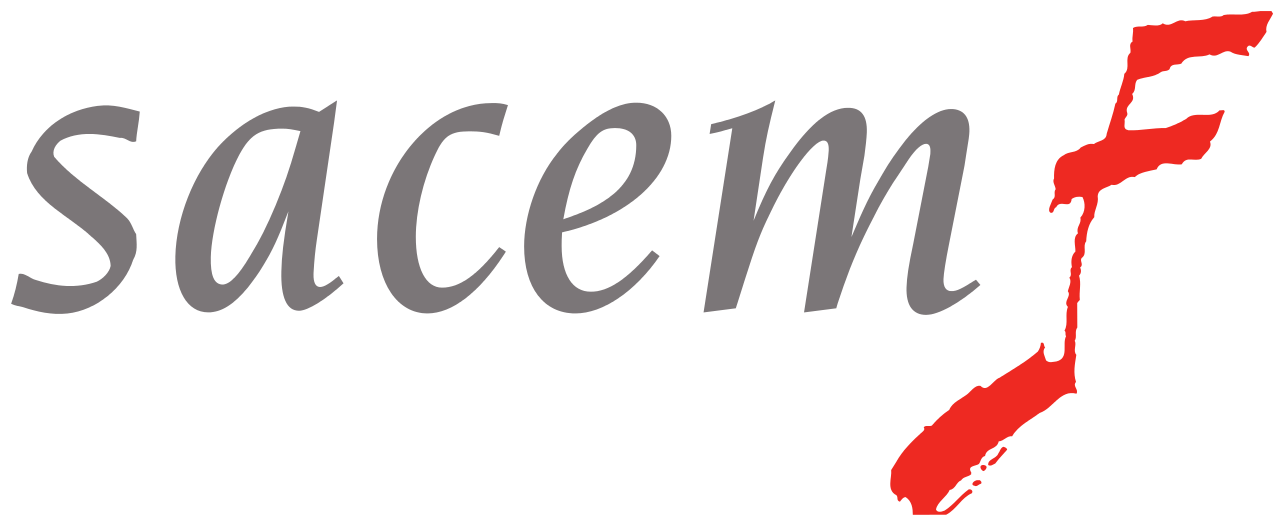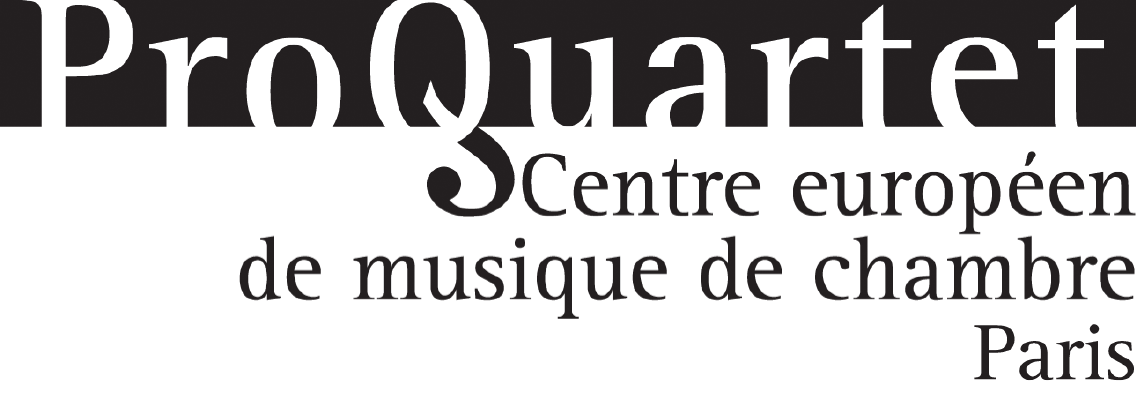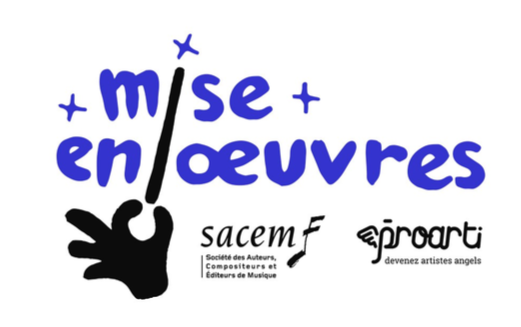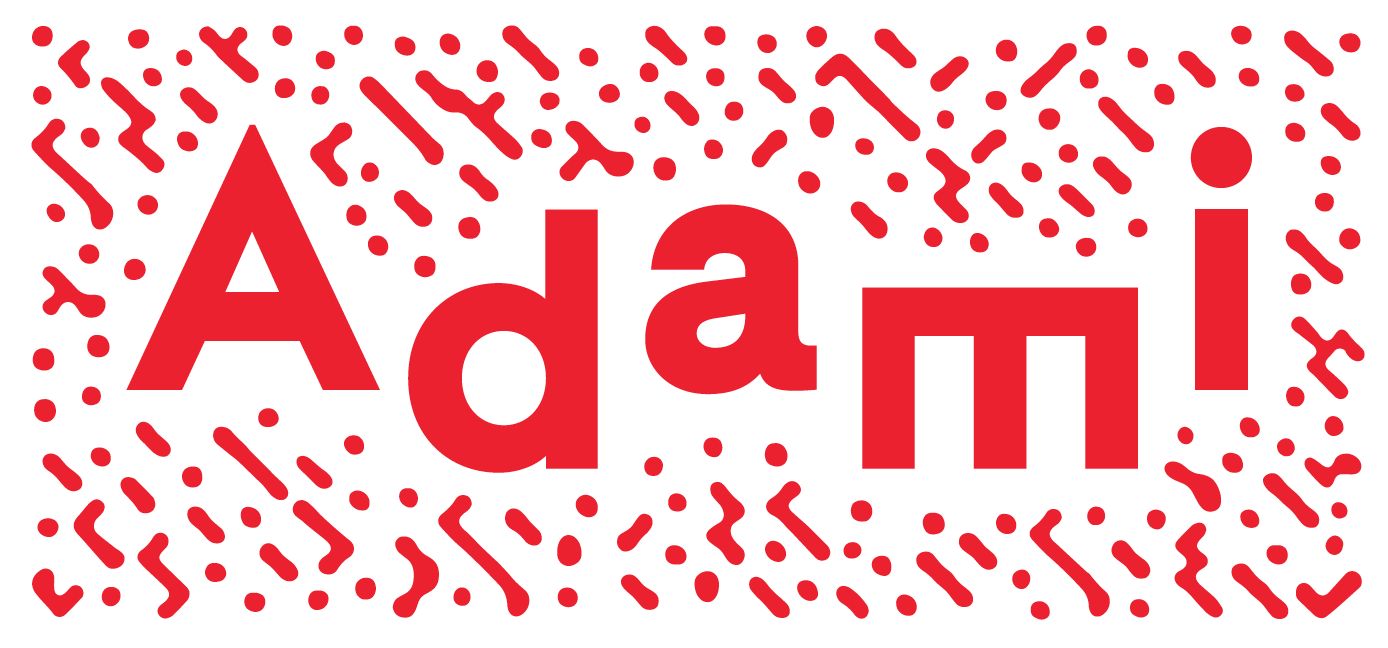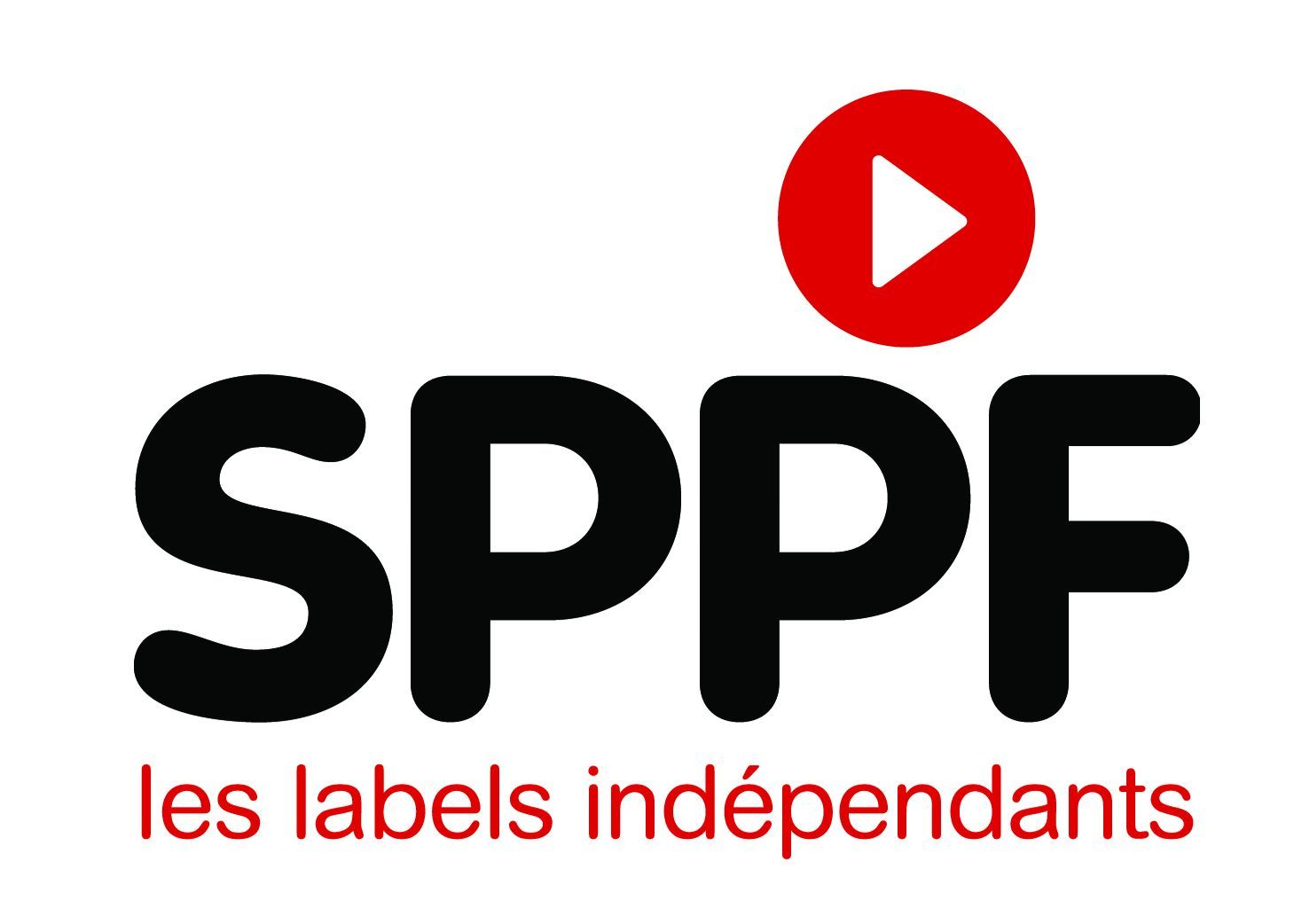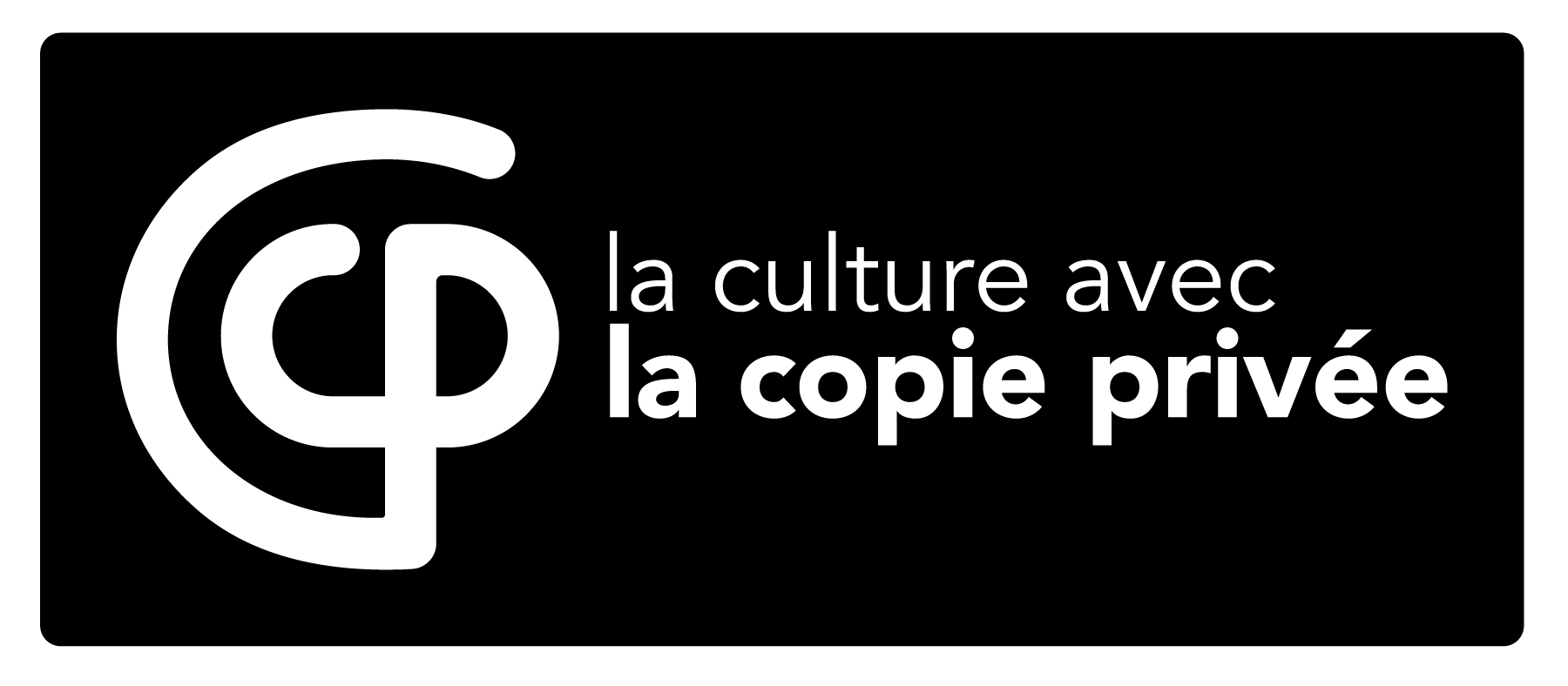Itinéraire
Français - english - DEUTSCH
A journey on 16 strings from Brazil to Indonesia, stopping off in Iran, Cuba and Egypt …
“After many years of performing, and with a whole range of experiences nurtured by many different new encounters, we have conceived Itinéraire as a journey with sixteen strings, freely inspired by the trailblazing example of Béla Bartók and Zoltán Kodály. At the dawn of the 20th century these two young musicians, their remarkable futures still lying ahead, toured the villages of central Europe, gathering, transcribing and recording hundreds of melodies and folk songs.
This ethnomusicological work gave birth to uniquely coloured new masterpieces, and we want to add our own contribution to the treasury of the string quartet repertoire by exploring afresh the possibilities of interaction between music of the oral tradition and the art of the string quartet.
And so we have chosen five superb artists from a range of diverse backgrounds – Kinan Azmeh, Vincent Peirani, Kevin Seddiki, Vincent Segal and Gabriel Sivak – giving each one a commission inspired by musical worlds with which they have a close relationship.
In view of the novelty of the ideas involved, we have enlisted the acute hearing and expertise of Vincent Segal, a unique practitioner of the cello, who has accompanied us in our instrumental and musical research.
In the course of this Itinéraire, there will be a halt at ‘Escalay’ (‘The Water Wheel’) – by Hamza El Din – with a brief nod in the direction of our illustrious elder brethren, the Kronos Quartet.”
Les Voce
discover the music …
The five musicien-composers talk about the origins of their work and their journey with us on “Itinéraire” …
Kinan azmeh “grounded”
“I started working on this piece for the Quatuor Voce in late 2017, but the piece took its final shape and title after a short trip I made on 1 January 2018 to Damascus, my hometown, which I had not visited since 2012. The drive from the Lebanese border to my parents’ place in Damascus evoked a mixture of love, anger and sadness, and yet the most overwhelming feeling during these 48 hours at home was a sense of being grounded:
This is my home, and no one is going to take it away from me.”
Gabriel sivak “suite capoiera”
“Suite Capoeira is a piece in four movements composed in homage to the capoeira, and to Brazil: a journey that begins in the Amazon basin, and descends into the heart of Rio de Janeiro. The capoeira – African in origin, but rooted in northern Brazil – is not just a dance, but also a martial art, even a way of life.”
Vincent Segal “beth klang”
“As a cellist who works ‘across the board’, and as I generally favour oral forms in my work, I wanted to write for four people, and to dialogue in my interpersonal games with Sarah, Cécile, Lydia and Guillaume… The quartet is a marvellous form of theatrical life, and I love the singular character of actors… Think of BethKlang as an anthropological look at life in the community (in a city, a family, groups of adolescents, cultural tribes), where music does not ‘mean’ anything, but is one of the fires of human life. Sound surrounds us, equips us, supports us, exhausts us, right to the end.”
Vincent Peirani “sawah padi / putri Cening Ayu”
“For the Quatuor Voce’s Itinéraire project, I wanted to take my inspiration from Asia, a continent that is dear to me: and more particularly Indonesia, a country for which I have a tremendous affection. I’ve had the time and opportunity to discover this country over several visits, and I’ve made many encounters there, not just with its music, but human contacts as well. Through this piece I wanted to express my gratitude and my profound respect for this people and their culture. Sawah Padi (The Rice Field) / Putri Cening Ayu (Putri, Slender Beauty): is a sort of little suite narrating the story of a working day in the life of a young Balinese girl called Putri, combining different components: original music inspired by Indonesian traditional music, and a Balinese lullaby.”
Kevin seddiki “méditation” et “danse”
“I trained as a guitarist, and first learnt about the zarb, an Iranian percussion instrument, from the Chemirani family, nearly twenty years ago. What began as a wish to improve my understanding of certain rhythms and their underlying ideas finally led me to play the instrument myself, and the zarb (also known as the tombak) very quickly became my second instrument. When the Quatuor Voce asked me to write these pieces, I wanted to see how strings and drumskin could dialogue with each other..”
hamza el din “escalay”
“Escalay depicts the waterwheel being set in motion, and its perpetual cycle. Our musical system is Afro-Arab: we are a musical and cultural bridge between Africa and the Middle East. I wanted the string quartet to represent the sound of my instrument, the oud. The quartet imitates the grinding sound of the gearwheels, the tread of the oxen, and the water as it pours out from the earthenware pot.”








